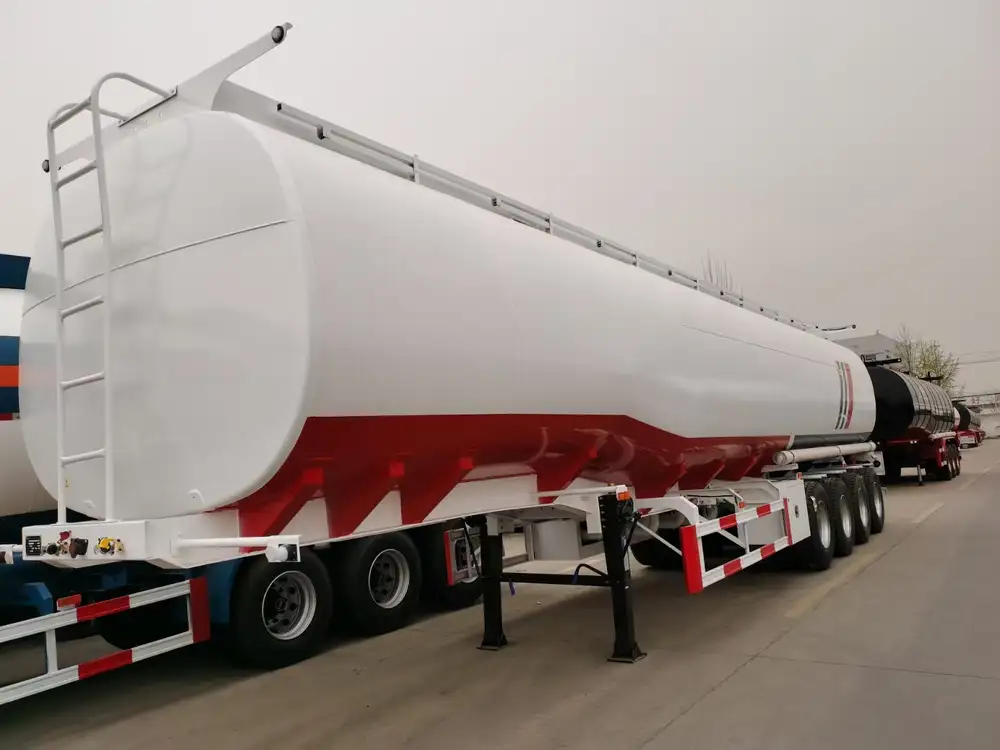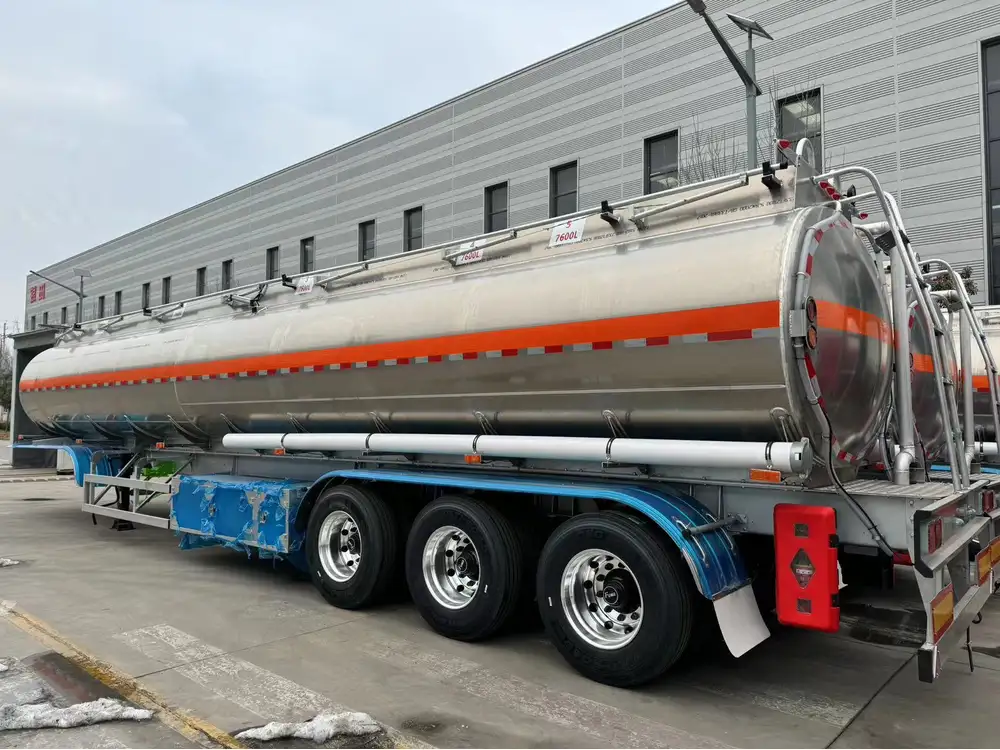Maintaining a travel trailer is crucial for extending its lifespan and ensuring optimal performance during your adventures. One of the essential aspects of upkeep involves the fresh water tank—the heart of your trailer’s plumbing system. This guide provides an extensive, step-by-step methodology on how to clean the fresh water tank effectively, ensuring you enjoy safe and refreshing water on your trips.
Understanding the Importance of Fresh Water Tank Maintenance
Risks of Neglected Water Tanks
A clean fresh water tank is not merely a matter of aesthetics; it directly impacts your health and overall trailer functionality. Neglected tanks can become breeding grounds for bacteria, molds, and other harmful organisms, leading to:
- Contaminated Drinking Water: Harmful bacteria such as E. coli can proliferate in unclean tanks.
- Unpleasant Odors and Tastes: Stagnant water can develop funky smells and unpleasant tastes.
- Clogged Plumbing: Deposits from dirty water can lead to clogged pipes and fixtures, causing extensive plumbing issues.

Indicators That Your Tank Needs Cleaning
Recognizing when to clean your fresh water tank can save you from larger problems down the line. Watch out for:
- Discolored Water: Muddiness hints at sediment buildup.
- Unpleasant Odors: A strong chemical or rotten smell signals contamination.
- Frequent Clogs: If you encounter plumbing issues frequently, it may be due to a dirty tank.
Step-by-Step Process for Cleaning Your Fresh Water Tank
Materials Needed
Before you embark on the cleaning process, gather the necessary materials. Here’s a succinct checklist:
| Item | Purpose |
|---|---|
| White vinegar or bleach | Disinfectant |
| Clean water | Rinse agent |
| Soft brush or sponge | Scrubbing |
| Funnel | For pouring cleaning agents |
| Bucket | To collect rinsed water |
| Clean cloths | For drying |
| Gloves | Hand protection |

Safety Precautions
Before starting, prioritize safety and hygiene:
- Wear gloves: Protect your hands from harsh chemicals.
- Ensure ventilation: Work in an open area when using bleach or other strong cleaners.
- Always dilute bleach: Avoid damaging the tank’s interior by diluting bleach according to recommendations.
Step 1: Draining the Tank
The first step is to empty the tank of any residual water. Locate the drain valve, generally found at the bottom of the tank. Follow these steps:
- Turn Off the Water Supply: Ensure water connections are disconnected.
- Open the Drain Valve: Allow all water to flow out completely.
- Check for Remaining Water: Consider using a siphon or pump for thorough draining.
Step 2: Inspecting the Tank
After draining, inspect the tank’s interior. Look for:
- Stains or residue: Discolorations indicate sediment.
- Corrosion or damage: Note if physical repairs are needed.

Step 3: Preparing the Cleaning Solution
Choosing the right cleaning solution is vital. You can opt for either white vinegar or bleach; however, never mix them.
- Vinegar Solution: Mix one part vinegar with three parts water for a natural cleaning alternative.
- Bleach Solution: Combine 1 cup of unscented bleach with 5 gallons of water.
Step 4: Cleaning the Tank
Once the cleaning solution is prepared, it’s time to deep clean:
- Pouring the Solution: Using a funnel, slowly pour your cleaning solution into the tank.
- Mixing the Solution: Fill the tank with clean water to mix with the solution, giving it a gentle shake if possible.
- Let It Sit: Allow the solution to sit for at least 1-2 hours (8 hours for tougher stains).
Step 5: Scrubbing (If Necessary)
If you still notice residue after soaking, gently scrub the interior walls of the tank with a soft brush or sponge. Be gentle to avoid damaging the inner linings.

Step 6: Rinsing the Tank
After cleaning, it’s crucial to rinse out all cleaning agents:
- Drain the Tank Again: Ensure all cleaning solution is properly drained.
- Refill with Clean Water: Fill the tank halfway with fresh water.
- Shake and Drain: Gently swirl the tank to remove any remaining solution and drain it again.
- Repeat as Necessary: Continue this process until there are no odors or residues.
Step 7: Sanitizing the Tank
To further ensure your tank is safe post-cleaning:
- Use a Sanitizing Solution: After rinsing, consider a final sanitize with a weak bleach solution (1 tablespoon per gallon of water). Let sit for 30 minutes before draining.
Step 8: Final Inspection and Refill
After thoroughly rinsing and sanitizing:
- Inspect the Tank Again: Ensure it’s free from stains and odors.
- Reconnect Water Supply: Ensure all connections are secure.
- Refill the Tank: Fill it back up with fresh water for your next adventure.

Regular Maintenance Tips for Your Fresh Water Tank
Create a Cleaning Schedule
- Frequency: Aim for cleaning every 3-6 months depending on usage.
- Usage Tracking: Keep track of water consumption to identify when cleaning is necessary.
Use Water Purification Systems
- Filters: Consider using a filtration system that provides additional purification.

Fresh Water Additives
- Tank Additives: Use specially formulated products to maintain water quality between cleanings.
Health Monitoring
- Periodically Test Water Quality: Use at-home test kits to monitor for bacteria, pH, and mineral levels to ensure water safety.
Troubleshooting Issues
During the maintenance and cleaning process, you may encounter several challenges. Here’s how to remedy common issues:
| Issue | Resolution |
|---|---|
| Strong Odor After Cleaning | A thorough rinse with clean water may be necessary. A mixture of vinegar can help neutralize odors. |
| Persistent Stains | If stains persist, allow a stronger cleaning solution to sit overnight. |
| Frequent Clogs | Check water lines for buildup; inspect filters as well. |

Conclusion
Cleaning your travel trailer’s fresh water tank can seem daunting, but it’s a manageable task that pays dividends in health and functionality. Regular maintenance not only ensures the safety of your drinking water but also extends the life of your plumbing system, making your travels as enjoyable as possible. By adhering to structured cleaning processes, utilizing the correct materials, and establishing a regular maintenance routine, you can keep your water source fresh and clean, promoting wonderful adventures on the open road.



